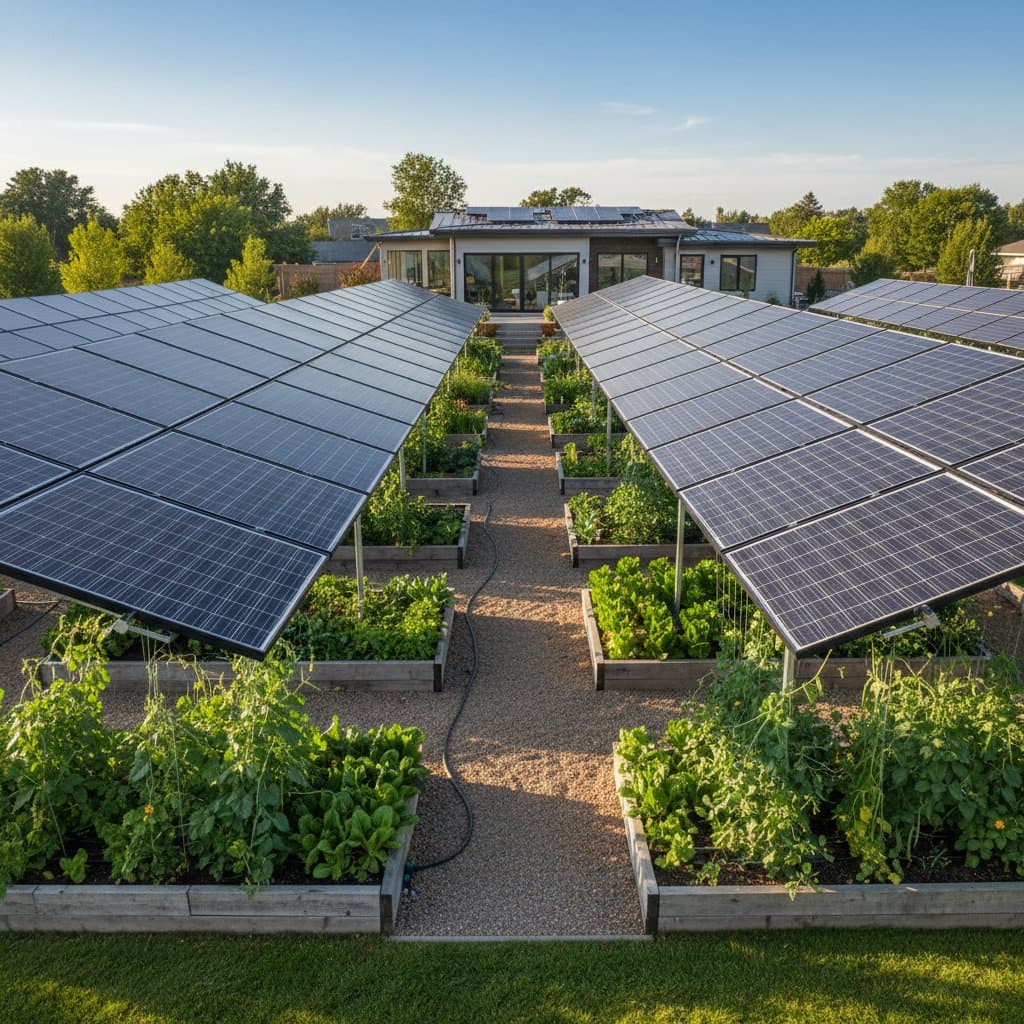VOCs Linger in Homes Long After Paint Odors Disappear
Many homeowners assume that once the sharp smell of fresh paint or new flooring fades, their indoor air is safe. However, volatile organic compounds, commonly known as VOCs, can persist for months or even years, silently impacting air quality and health. These carbon-based chemicals evaporate at room temperature, releasing potentially harmful pollutants from everyday materials like paints, adhesives, and furniture finishes. In 2025, VOC-free alternatives provide a safer, sustainable path to creating healthier living spaces without sacrificing style or durability.
The Hidden Risks of VOCs and Why They Matter
Indoor air quality often falls below outdoor standards, largely due to VOCs lurking in common building materials. Found in conventional paints, sealants, and even budget-friendly flooring like vinyl, these compounds can trigger immediate symptoms such as eye irritation, headaches, and dizziness. Over prolonged exposure, certain VOCs are associated with more severe respiratory issues and other health concerns. Switching to VOC-free options not only minimizes these risks but also aligns with broader goals of sustainability, as many of these products are crafted from natural or low-impact ingredients.
Beyond health benefits, VOC-free materials often boast superior durability, reducing the need for frequent replacements. Homebuyers increasingly value properties marketed as non-toxic or eco-friendly, which can translate into a competitive edge during resale. By prioritizing these materials, you invest in both your well-being and the long-term value of your property.
Breaking Down Costs and Long-Term Returns
While VOC-free materials may carry a slightly higher upfront cost, they often prove to be a wise financial decision over time. Consider paint as an example: traditional options range from 20 to 40 dollars per gallon, while VOC-free paints typically fall between 30 and 60 dollars. This modest difference pales in comparison to the potential health benefits and reduced need for repainting, as many non-toxic paints resist fading and wear better than their conventional counterparts.
Flooring presents a similar scenario. Vinyl might cost 2 to 5 dollars per square foot, but it can off-gas VOCs for years. Alternatives like cork, bamboo, or linoleum, priced at 3 to 8 dollars per square foot, offer durability and recyclability. For cabinetry, opting for solid wood or certified low-emission composites over particleboard, which often releases formaldehyde, adds 10 to 20 percent to the initial cost but enhances longevity and resale appeal. Insulation choices like mineral wool or cellulose match or slightly exceed the price of spray foam, yet they provide better breathability and fire resistance without harmful emissions.
The return on investment becomes evident in multiple ways: homes labeled as healthy or non-toxic can command 5 to 10 percent higher resale values, and the durability of VOC-free finishes means fewer maintenance expenses. Additionally, potential savings on medical costs related to poor air quality add a hidden but significant financial advantage.
Key Factors Shaping Your VOC-Free Project
Several practical considerations influence the transition to VOC-free materials, and understanding them ensures a smoother process.
- Regional Availability: Access to eco-friendly suppliers varies by location. If local options are limited, online ordering can bridge the gap, though shipping costs may apply.
- Building Regulations: Most codes accommodate VOC-free materials, but specific fire resistance or durability requirements might restrict choices. Always confirm compliance before starting.
- Installation Expertise: Some materials, like natural plasters, demand specialized handling. Hiring contractors familiar with these products can prevent costly mistakes.
- Climate Impacts: In humid areas, lime or clay-based finishes help regulate moisture naturally, while drier regions may require extra sealing to avoid cracking in VOC-free applications.
Practical Steps and Expert-Backed Insights
Industry guidelines from indoor air quality organizations consistently advocate for reducing exposure to off-gassing materials. Green building programs, such as LEED, reward the use of low-emission products, reinforcing their relevance in modern construction. For homeowners ready to make the switch, a few actionable tips can simplify the process.
- Request detailed product data sheets to verify VOC content before purchasing.
- Test small samples to ensure the material meets both aesthetic and performance expectations.
- Maintain good ventilation during installation, as even non-toxic products can produce dust or natural particles that irritate lungs.
- Retain receipts and documentation to highlight your home’s healthy features for future buyers.
Enjoying the Benefits of a Healthier Home
Once VOC-free materials are in place, the difference is palpable. The air feels cleaner, surfaces look and feel more natural, and there is a quiet reassurance in knowing your environment supports your health. Start with high-impact areas where you spend the most time, such as bedrooms, to improve sleep quality with non-toxic paint and bedding. Kitchens and bathrooms also benefit greatly, as moisture in these spaces can amplify chemical emissions from traditional materials.
Sustaining Your Non-Toxic Space
Maintaining VOC-free finishes requires minimal effort but consistent care. Opt for mild, natural cleaners to avoid introducing new pollutants, and reapply sealants as advised to preserve surfaces. Regularly clean ventilation systems to ensure optimal air circulation, keeping your home’s atmosphere as fresh as the day you made the switch. By adopting these habits, you protect both your investment and the well-being of everyone in your household.




